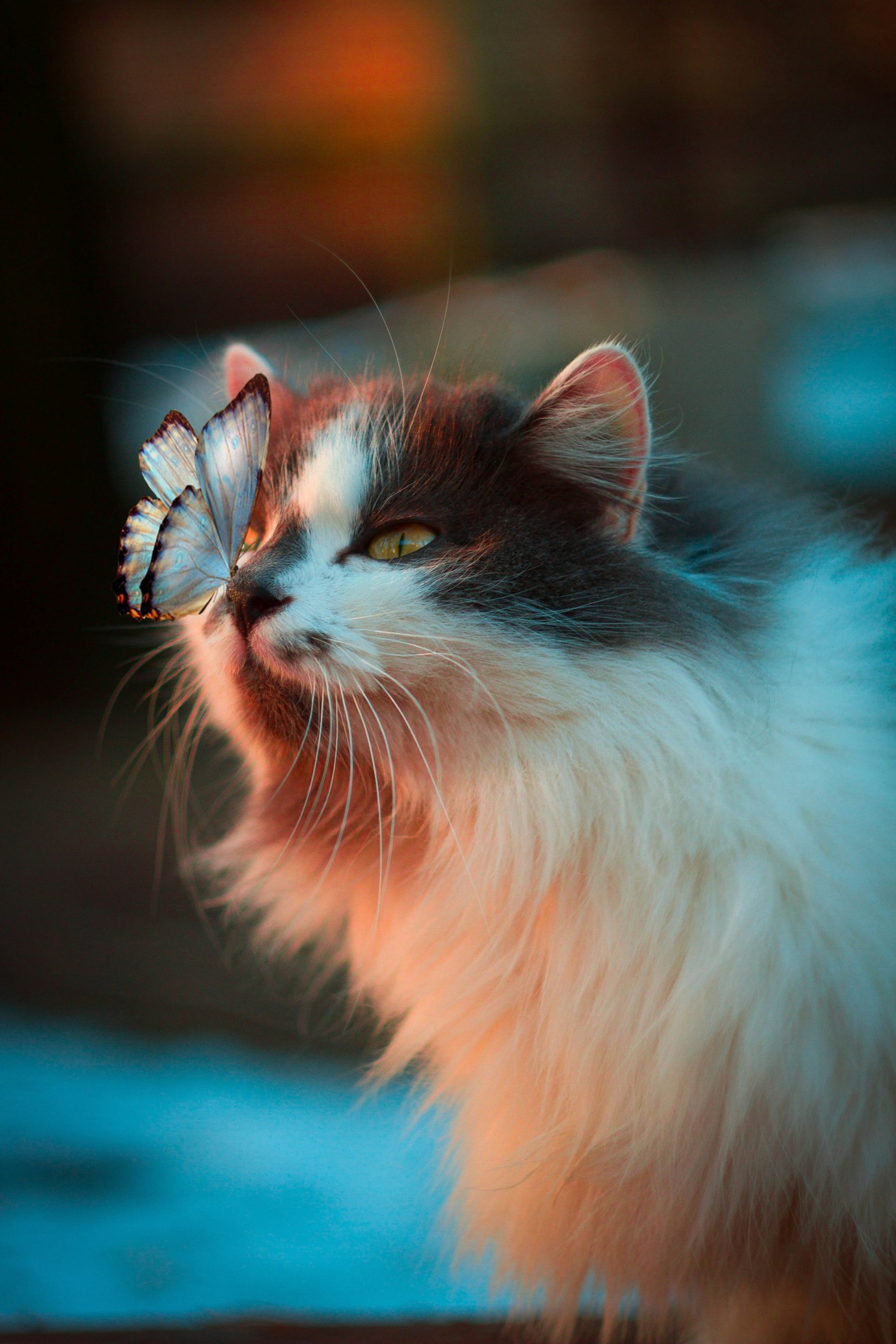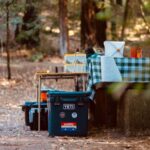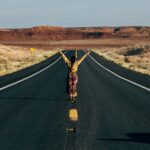Whether you’re an avid nature lover or a keen photographer, venturing into wildlife photography can open up a whole new world of natural beauty. Yet as we immerse ourselves in this scenic splendor, it becomes our responsibility to ensure we don’t disturb these pristine ecosystems. Photographing wildlife ethically and safely isn’t just crucial for the integrity of your photos; it affect the welfare of the animals themselves. Improper practices can disturb animal behaviors, interfere with their habitats, and can even pose risks to their survival.
Now, you may be wondering, “How significant is the impact of photography on wildlife behavior?” Well, quite significant if ethically unsound practices are engaged. According to an insightful article I came across during my research, human presence can indeed disrupt wildlife, causing noticeable tension and potentially altering their natural behaviors. However, it also suggests that this impact can be minimized through thoughtful and ethical practices.
I believe that we, as photographers and lovers of nature, can dramatically reduce disturbances to animal behaviors and habitats through exercising ethical wildlife photography practices.
How can we accomplish this? The research heavily advocates for slow, quiet movements when navigating in wildlife zones. Remember, we are visitors in their homes. It’s important to avoid rushing towards animals the moment you spot them – sudden movements can startle creatures, forcing them to flee, which isn’t ideal for them or your photography. It also suggests maintaining a safe distance from animals, cautioning against direct contact. Not only does this ensure your safety and theirs, but it also helps to capture the animals in their natural state, without stress or fear.
Being in nature intuitively means paying attention to changes in the environment and being aware of signs of stress in the animals. Are the birds suddenly falling silent? Has the animal you’re observing started displaying anxious behaviors? Is there sudden movement in the undergrowth as smaller creatures scurry to hide? All these are cues that we might be causing undue disturbance and it’s better to step back or move away.
- Avoid manipulation of animal behavior for the sake of a good photo
- Never use bait to lure wildlife closer
- Refrain from sharing the precise locations of sensitive animals, especially ones with young ones
Intriguingly, the question arises: “What are some specific behaviors to watch for when photographing wildlife to ensure you aren’t causing undue stress?” Understanding animal behavior is a complex science, but even as amateurs, we can learn to recognize basic cues. We must remember that animals communicate mostly through body language, so if an animal seems uneasy or tries to move away, it’s likely feeling cornered or threatened. Signs of stress can vary among different species, but common signs include sudden stillness, increased alertness, vocalizations, and attempts to increase the distance from the perceived threat–in this case, the photographer.
Moreover, it’s essential to avoid altering animal behavior artificially. Luring or baiting is not just unethical but could have harmful repercussions on the animal’s health and behavior. Every action an animal takes consumes their energy. If they are manipulated into unnecessary actions, they expend energy they can’t afford. Baiting bears the risk of changing their natural food habits and exposing them to disease.
In the words of the wise, each action we take in nature should be aimed at preserving the integrity of wildlife and their habitats. Ethical wildlife photography isn’t merely about getting the perfect shot; it’s about understanding and respecting wild animals and their habitats.
In conclusion, safe and ethical wildlife photography practices are a crucial aspect of nature photography. It involves being aware, understanding, and making efforts to minimize our intrusion in the lives of the creatures we are capturing.
Moreover, it adds a sense of satisfaction knowing that you didn’t disturb, threatened, or altered any wildlife for your shot, reinforcing the importance of ethical wildlife photography. After all, the magic of wildlife photography lies in the authentic beauty of the animal captured in its natural behavior. The more we respect them and their habitats, the more generously they share their world with us, creating fantastic photographic opportunities.
Getting better at ethical wildlife photography is a continuous process. Still, every little step is worth the effort, contributing to a better, safer world for these creatures, while adding depth and honesty to your images.




